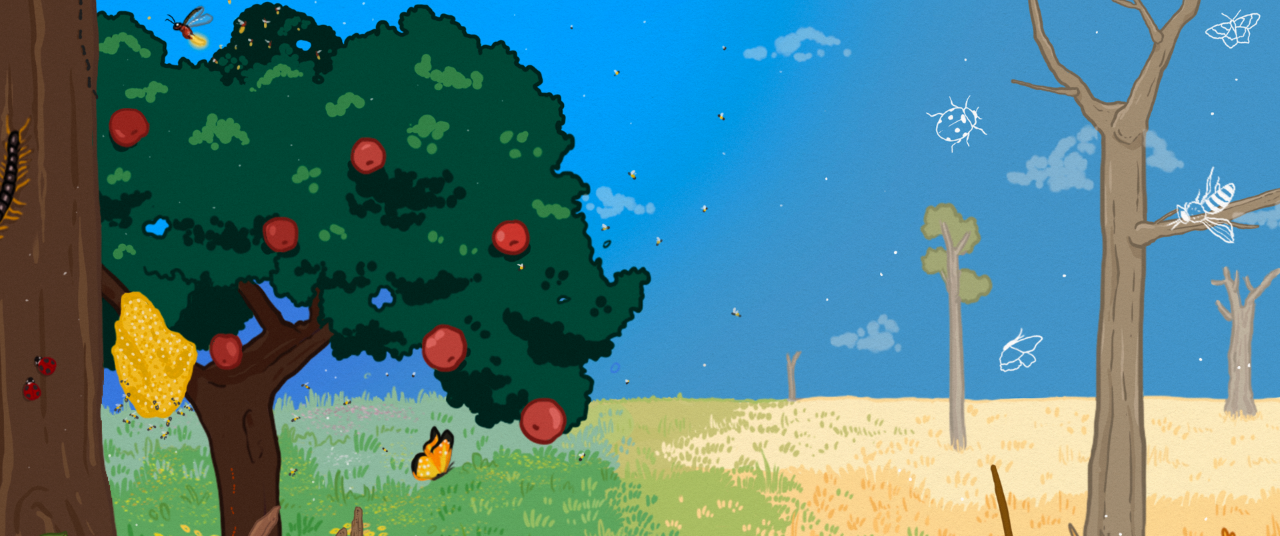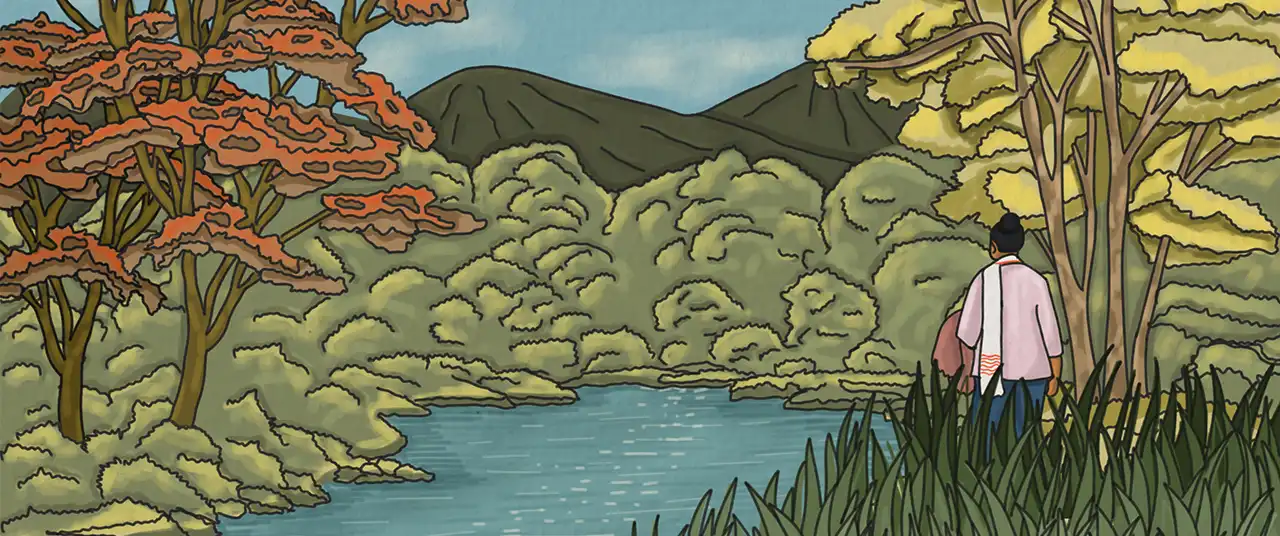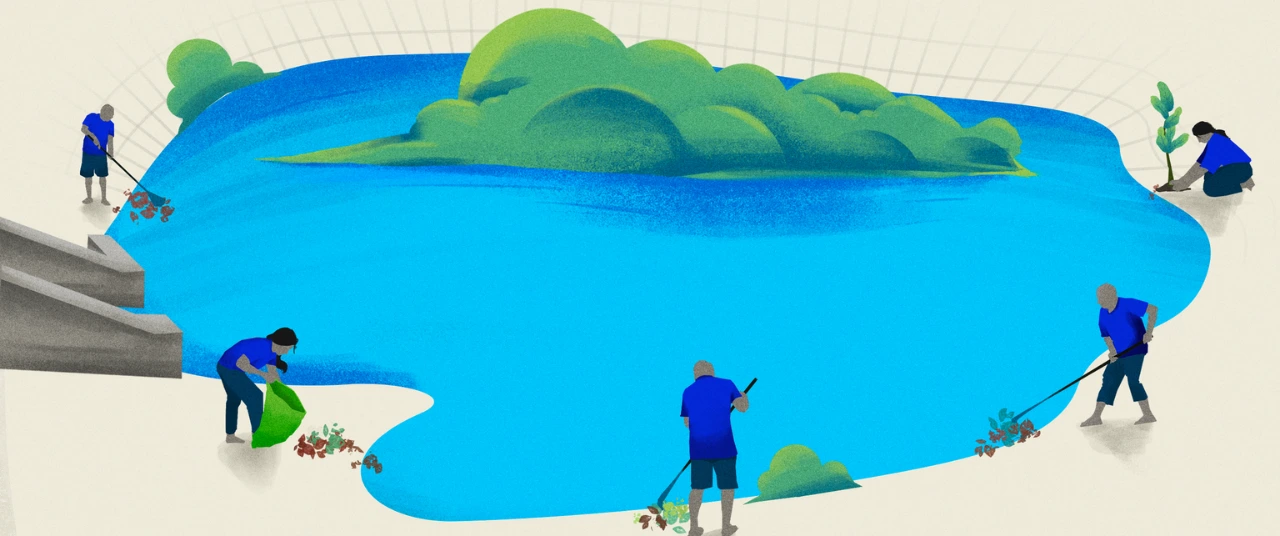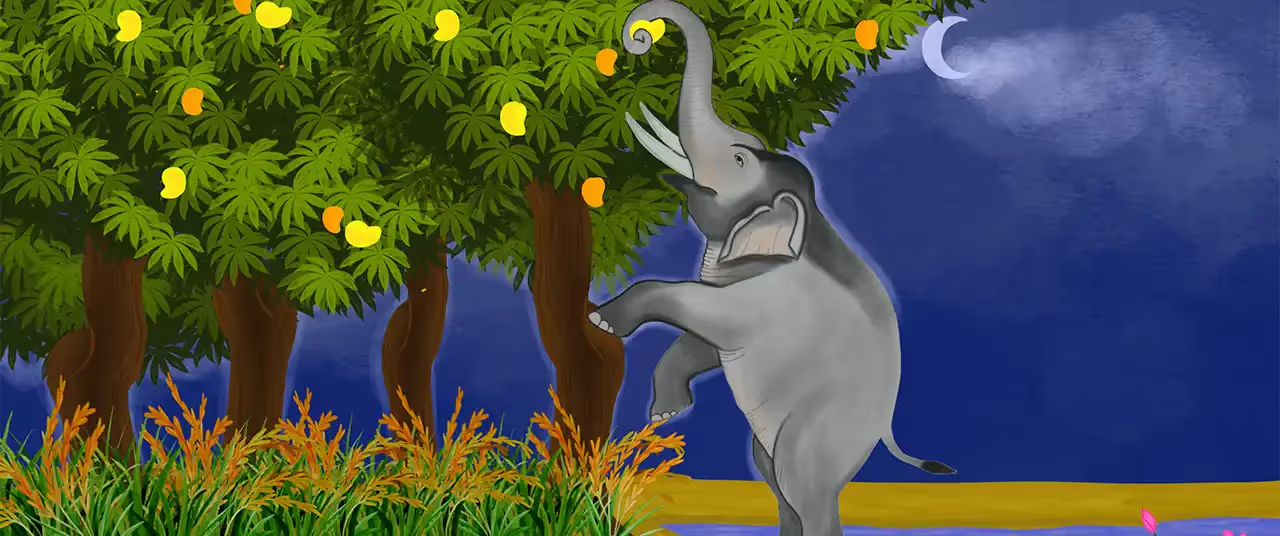To Phuntsog, agriculture represents hope for the future—and a way to feel more human






Editor's note: Every farmer who tills the land is an inextricable part of the Indian agriculture story. Some challenge convention, others uplift their less privileged peers, others still courageously pave the way for a more organic, sustainable future. All of them feed the country. In this series, the Good Food Movement highlights the lives and careers of pioneers in Indian agriculture—cultivators, seed preservers, collective organisers and entrepreneurs.
At approximately 14,000 feet above sea level, surrounded by jagged peaks, gorges carved by rivers, and steep valleys, lies a village etched into the dramatic canvas of Ladakh’s wilderness. Named Gya, its landscape is both stark and sublime. It is located in the Kharu block of Leh district, around 74 km southeast of Leh town along the Leh-Manali highway. With roughly 80 households, it is one of the oldest Ladakhi villages.
This seemingly inhospitable terrain holds a deep geological significance dating back to the collision of continents, offering rare insight into the Earth’s tectonic history. And though its soil is coarse and sandy, it is coaxed to life by the hands of resilient farmers and their indigenous knowledge. The people of Gya have transformed rugged land into a cradle of sustainable, high-altitude agriculture. Once a thriving pastoralist community, this thousand-year-old village gradually began embracing agriculture a few centuries ago.
Among its farmers is Urgain Phuntsog, a 53-year-old whose work has defied the conventional understanding that agriculture is not viable in extreme cold arid zones. Working the fields ever since he was a teenager, he cultivates a mix of traditional and unconventional crops. Even as he battles a short growing season (less than five months), frequent frost events and a dependence on glacial water, Phuntsog demonstrates that food security can be achieved, even in a harsh climate and remote geography—in a manner that is not only possible, but economically viable.
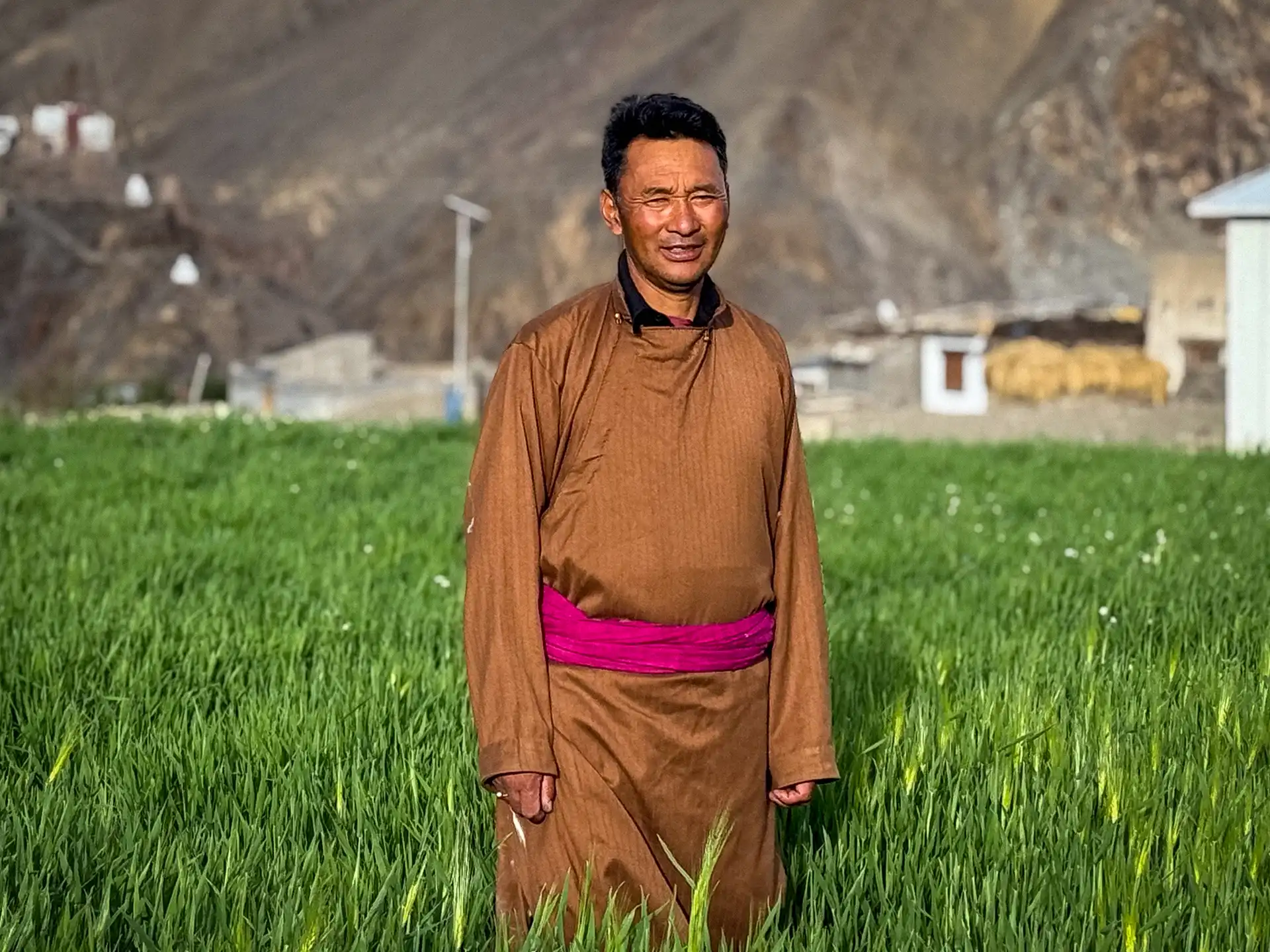
The ancient ways of mountain life
Phuntsog’s relationship to the soil is so profound that the villagers lovingly call him ‘Mitti Ka Aadmi’ (man of the earth). It was his friends who first came up with the name, and soon enough, it caught on with even the researchers from the nearby Krishi Vigyan Kendra (KVK). It’s a well-deserved moniker given how much time Phuntsog spends studying soil and experimenting with it.
He owns 75 karnals of land, including his younger brother's share, and grows more than 35 varieties of crops. Half of his land is sown with barely, a traditional Ladakhi staple. The rest of his fields yield a vibrant mosaic of produce: four types of local spinach, mustard, turnips, radishes, carrots, cucumbers, cabbages, beans, quinoa, broccoli, chamomile, mint, tomatoes, onions, strawberries, potatoes and more.
The only food items he purchases are rice and spices. Everything else comes from his farm. “I can feed my family for the next 10 years with what I grow,” Phuntsog says with quiet pride. “We don’t have to depend on anyone.” Even during punishing winters when temperatures plummet to -20°C and supplies often run dry, his family continues to have access to fresh vegetables.
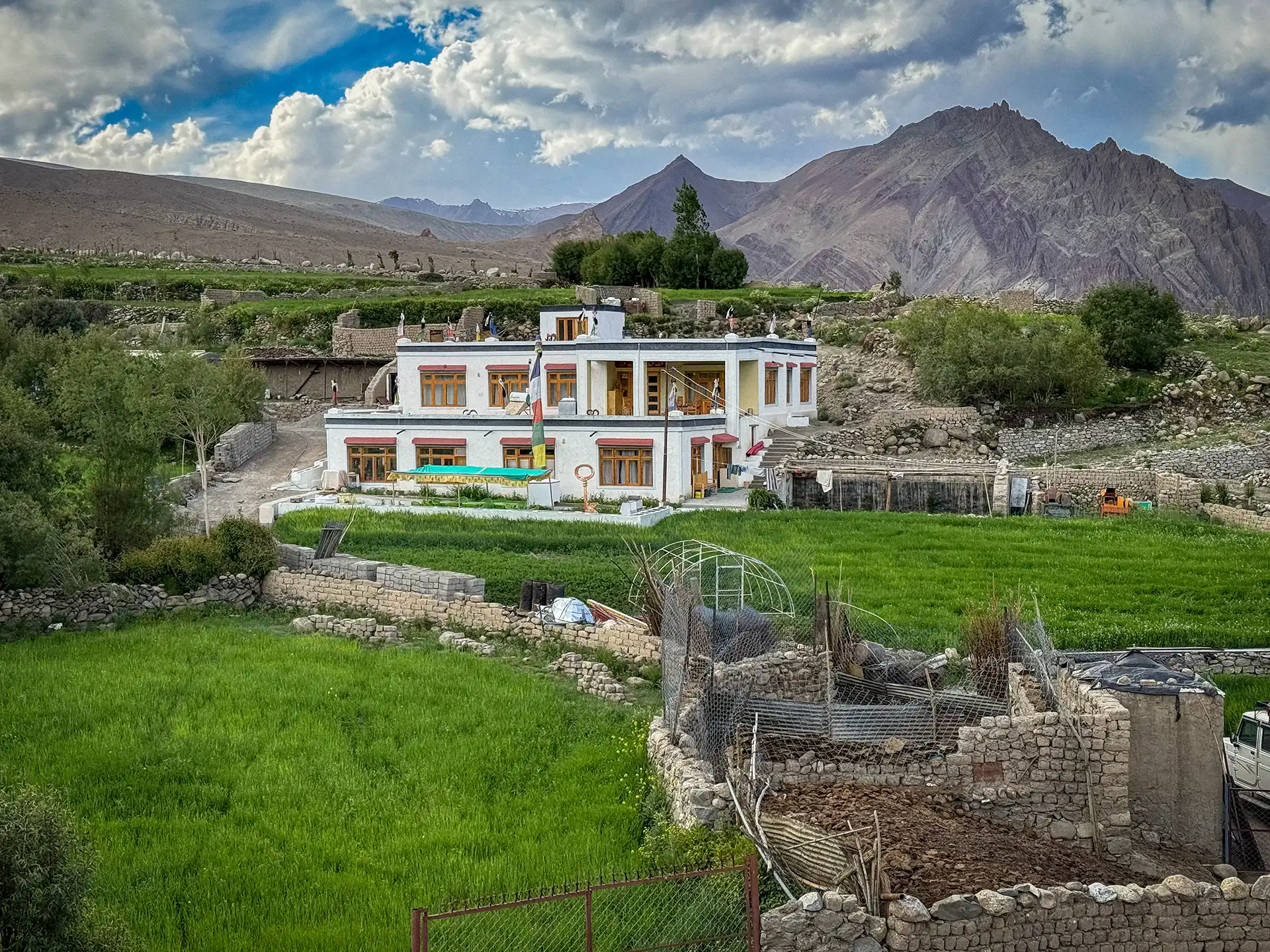
Phuntsog’s journey could have taken a very different path. He completed his early schooling in Gya’s government school and graduated from Class 10 in Leh. He even earned spots in both, the Indian Navy and the Indo-Tibetan Border Police. For many in the region, these opportunities would have meant a ticket to a different life—one that would have promised stability and a reliable salary—but Phuntsog chose differently.
He returned to his roots in Gya, picking the land, soil, and seasons over uniformed service. In doing so, he has honoured not just his family’s legacy, but also a way of life that has sustained communities in this landscape for centuries—farming and livestock rearing. Phuntsog is not alone in this commitment; his sister Tsering Palmo, too, shares this deep bond with the land. She tends the family’s livestock, including their pashmina goats and sheep across different pasturelands, leading a nomadic life amid glaciers. She spends most of the brutal Ladakhi winter moving through the wilderness with her herds, keeping alive an ancient rhythm of life.
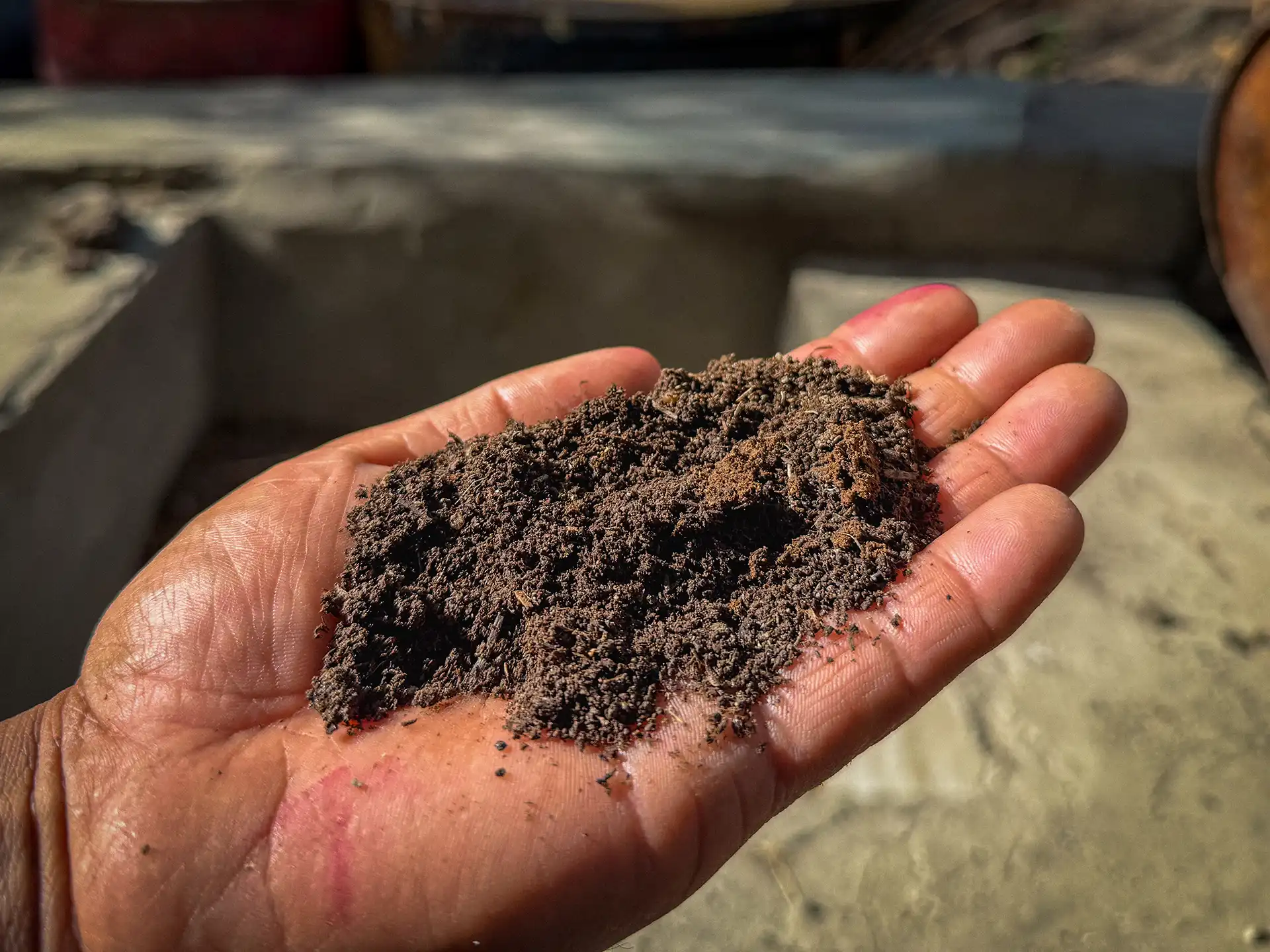
Phuntsog’s early years were defined by struggles and uncertainty. Having lost his father as a boy, the responsibility of feeding the family rested on his young shoulders. “I didn’t even know where to begin,” he recalls. “Some days, we had nothing to eat.” It was the villagers who stepped in with lessons on sowing and harvesting barley as well as the traditional dzo-driven (yak-cow hybrid) method of ploughing. In 2010, a 10-day exposure tour organised by the state agriculture and horticulture departments presented an opportunity to learn from experts.
Also read: Babulal Dahiya makes every grain of rice count
Organic past, present, and future
Phuntsog has a meditative, almost spiritual perspective to farming. He considers it one of the most noble professions, working the land not out of necessity, but out of choice and joy. “I take great pride in being a farmer,” he says. “When I am in the barley fields, I feel alive. I feel more human.” It’s no surprise then that agriculture represents more than a livelihood to him; it’s a philosophy of balance. He believes in following what he calls “the middle way”—a principle of moderation and respect for nature. “We must revere nature,” he says, “Respect its rhythms, and maintain balance in every part of life.”
His faith in balance also extends to policy and governance around agriculture. Phuntsog has worked closely with government agencies for years, but speaks candidly about the gaps that still exist. “Most government projects don’t align with what farmers actually need. There’s no proper assessment before or after a project is implemented. It amounts to a sheer waste of funds.”
Worse, he adds, is the lack of coordination between concerned departments. “Stakeholders work in silos. Without collaboration, Ladakh’s goal of becoming fully organic in the near future may remain a distant dream.”
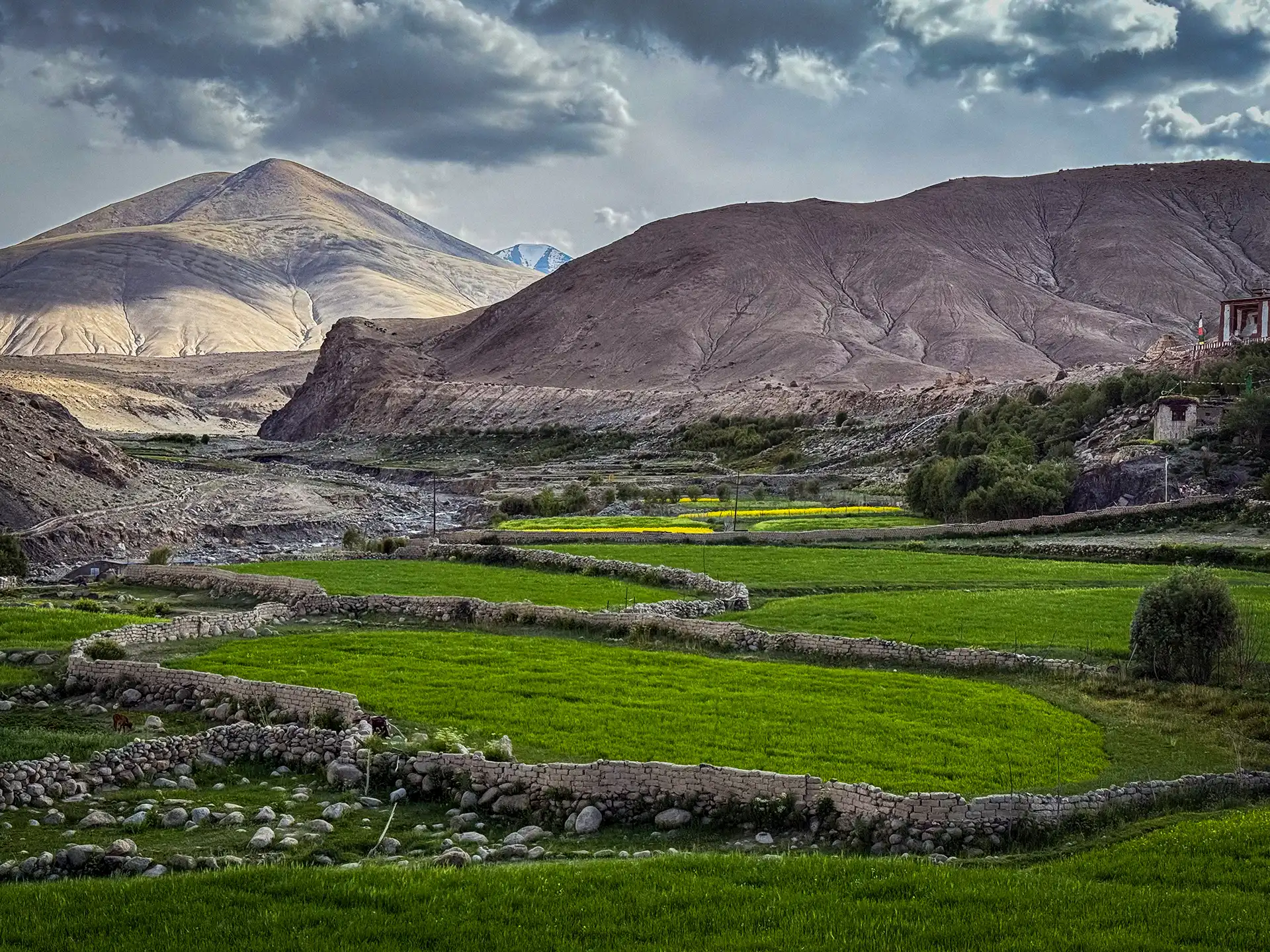
Organic farming is not a trendy buzzword in the union territory; it is how Ladakhi ancestors have always farmed. A sense of regenerative circularity involving outputs like manure always existed on their farms. This changed in the 1990s, with the opening up of roads, a surge in tourism and growing demand for grain from the army. Chemical fertilisers, available at subsidised prices, now had greater acceptance as farmers aspired to quicker harvests and bigger incomes. Ladakh-wide goals to transition fully to chemical-free methods belie the reality in the fields, where people still think being organic merely means cutting down on fertiliser use.
Another looming challenge in Ladakh’s organic agriculture journey is the increasing use of hybrid seeds. Until not too long ago, seeds were a major concern for farmers who would be forced to borrow grains at very high rates of interest, thus getting trapped in debt, Phuntsog recalls. Then hybrid seeds became accessible—available for free from government sources—at the cost of “colonising” farms and displacing indigenous seeds. While hybrid vegetables grow fast and are favoured in markets, they are fragile and have short shelf lives. Their seeds cannot be reused season after season. Indigenous seeds, on the other hand, are more resilient and better suited to Ladakh’s realities.
Phuntsog currently maintains his own personal seed bank with 10–12 native varieties of barley, leafy greens, radish, turnip, and sowa (dill). “For farmers, seeds are life itself,” he says, “Preserving indigenous seeds is not optional, it is essential. Without them, we lose not just crops but our identity.”
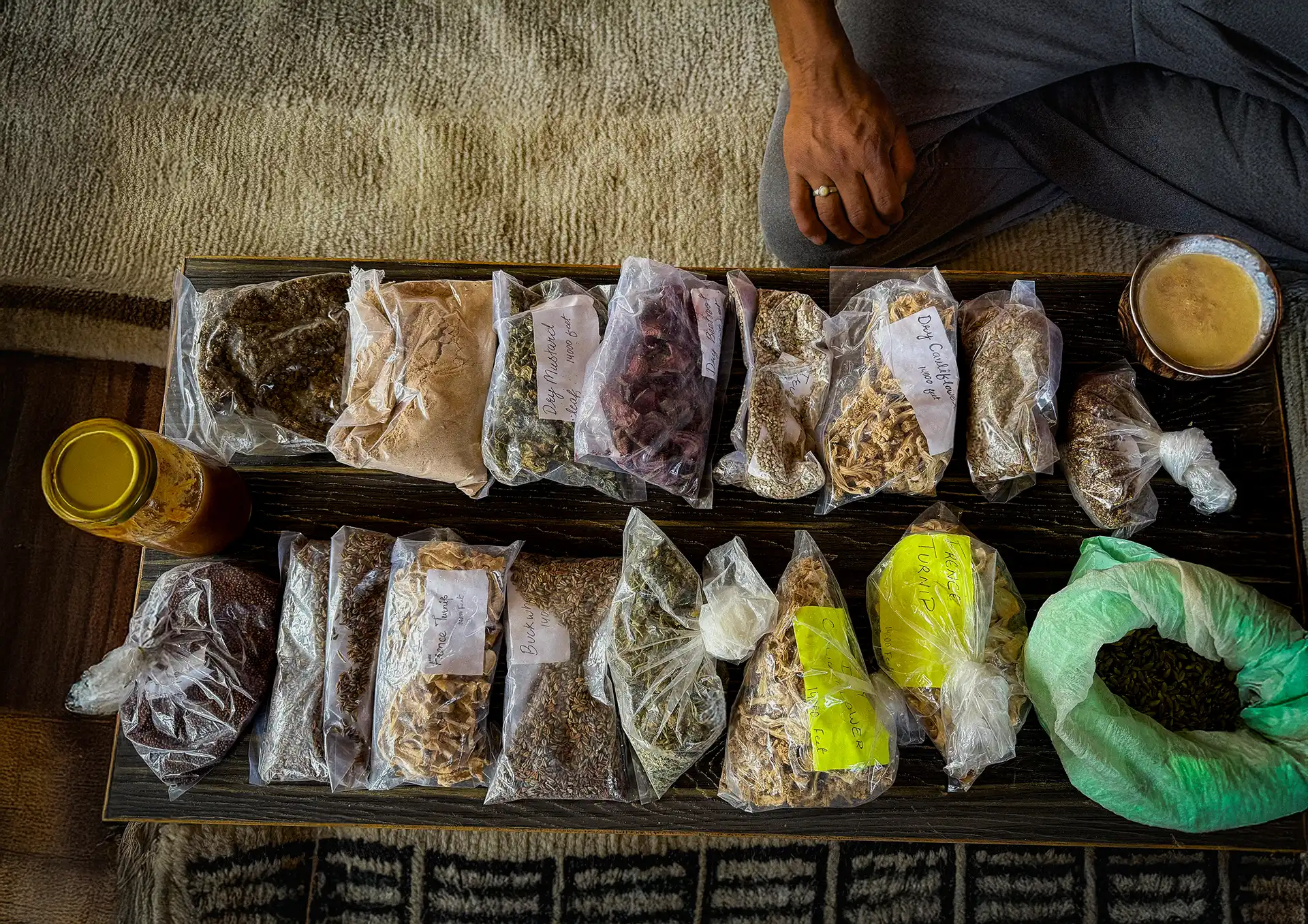
At its very foundation, farming in Gya is changing; it was once a communal activity—a village-wide affair where households would help each other plant, harvest and celebrate the cycle of life. Today, it is looked down upon as fewer young people are interested in tiling the soil, especially against the backdrop of climate change-induced precarity. Careers in tourism and the army, government jobs, gigs as contractors in construction—livelihoods that don’t involve the backbreaking, time-intensive labour of farming are all considered more viable. As opportunities in Leh call out to them, there remains little incentive to stay back in Gya.
Given that local traders aren’t offering a fair price for organic produce, organic farming isn’t yet lucrative or remunerative, which is only shrinking the farming populace further. “Traders buy at low rates and keep most of the profit for themselves. For farmers, these rates barely cover the cost of growing organically… Unfortunately, local traders and many locals, too, don’t see the difference between organic and non-organic produce,” Phuntsog rues. An innovative tactic he has employed to deal with this apathy is offering organic produce to visitors and homestay guests—patrons who he feels value the farm-to-table food chain.
Phuntsog is admirable because he remains undeterred. In agriculture, he sees indispensability as the future turns uncertain. “The importance of farming grows every year… If there are no farmers, food security won’t just be a concern—it will be a crisis.”
Integrated farming at 14,000 feet
What sets Phunstog’s approach to farming apart from that of his peers is not just the variety of crops he grows, but rather the harmony he maintains across the many elements of his farm. Nothing must go to waste; the output from one part of his farm becomes the input for another, creating a self-sustaining loop that reduces costs, enriches the soil and strengthens his yields.
The family's livestock (a herd of 370 goats and sheep, apart from 12 cows and 9 horses) are a vital source of wool: Pashmina from their goats, and fleece from their sheep, which Phuntsog’s wife, Chamba Yangdol, spins into traditional rugs, stoles, and other handcrafted items. Their home in Gya is perhaps the most sought-after homestay in the region, attracting guests from around the world who come not just for the scenic views, but to experience living traditions.
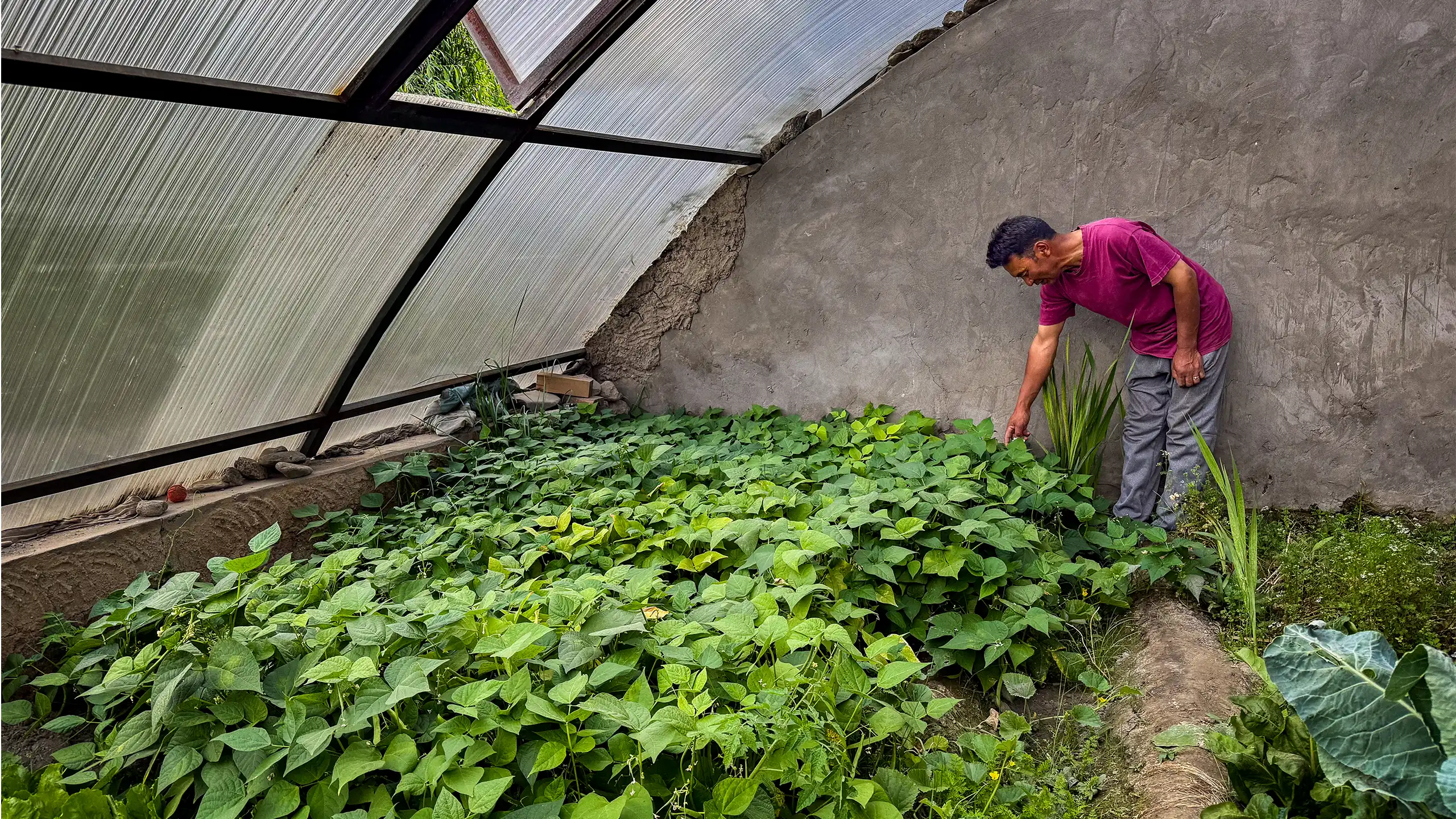
But livestock is not merely a source of wool or dairy. Manure, along with farm waste, is carefully recycled into rich vermicompost. It was the Krishi Vigyan Kendra–Leh that introduced Phuntsog to the idea of vermicomposting around a decade ago. Since then, he has become something of an innovator. Through years of experimentation, he discovered the perfect blend for his compost: 60% horse manure, 30% cow dung, and 10% general livestock waste. This balance, he says, brings out the best in the earthworms, and in turn, the soil. “There isn’t a village in Leh where my vermicompost is not being used to some degree. That’s why I say farming and livestock are not separate—they are indispensable to each other,” he explains.
Greenhouses in the snow
Phuntsog has constructed two greenhouses on his farm: one is a traditional triangular structure fashioned from mud bricks, while the other is more modern—a half-cylindrical polycarbonate model with a concrete base. While both serve their purposes, the one built using traditional wisdom remains effective even in inclement weather. “In places like Gya, where the extreme impact of climate change is palpably felt, the traditional greenhouse is more adaptable,” he explains, “This spring, we had untimely snowfall. It was easier to redesign or modify the mud-brick structure to suit the changing weather. We could partially open it or wrap it up, depending on the climate.”
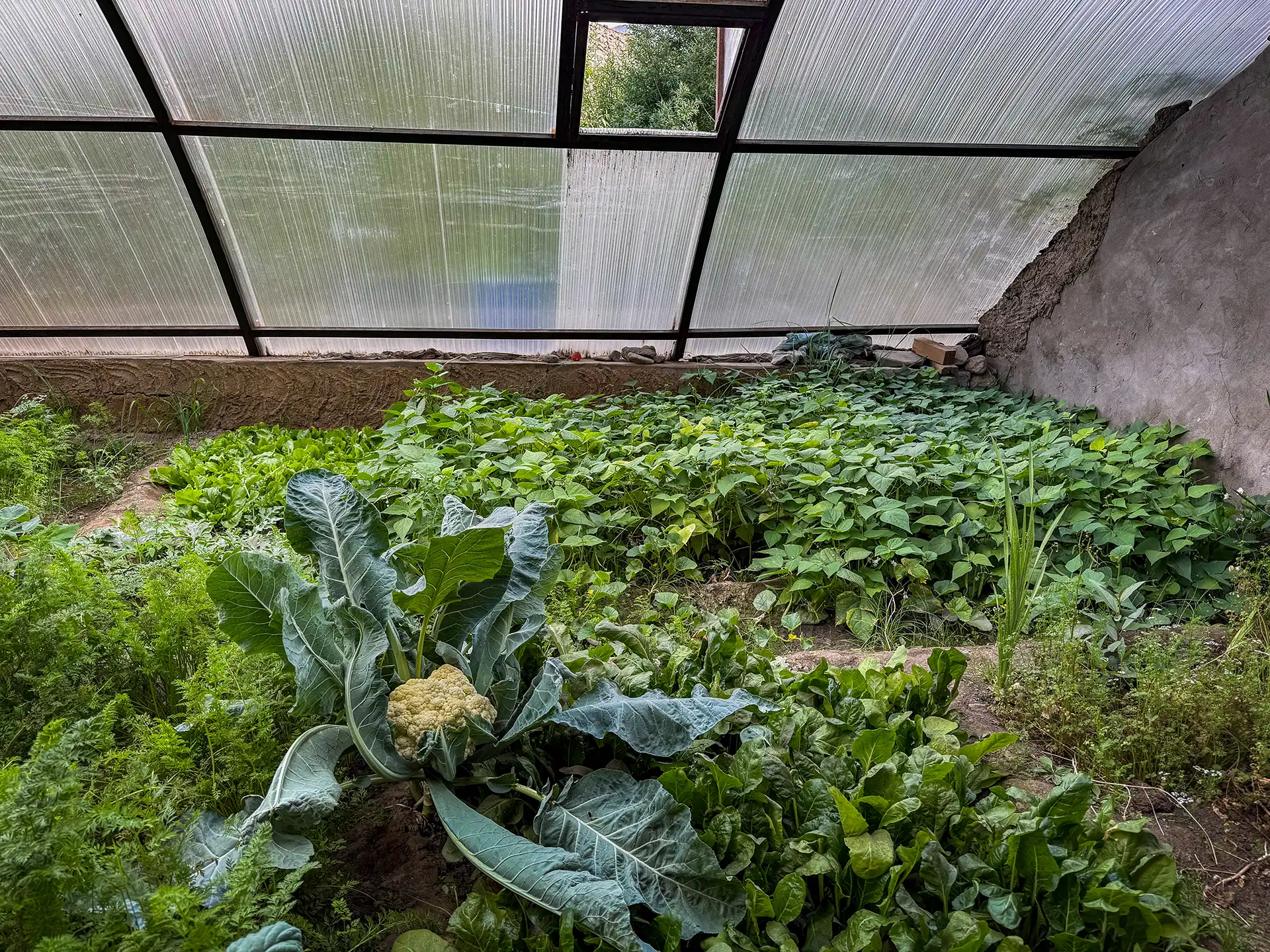
Though sturdy, the polycarbonate greenhouse lacks this flexibility. “It’s harder to move, redesign or repair. But the traditional one can be easily relocated and adjusted. It is simple, smart, and sustainable,” Phuntsog adds. This experience, and others across his farming career, have taught him that the way forward lies in blending ancient knowledge with modern techniques rather than setting one framework aside in favour of the other. “We need to align our indigenous practices with today’s innovations. That’s how we will preserve our culture and progress at the same time” says Phuntsog.
Greenhouse farming is also a constant exercise in trial and error—of learning that water from streams is more effective than groundwater or springwater; of letting in just the right amount of wind during wintry afternoons so that the crops don’t freeze over. “That bit of circulation is important as it keeps the greenhouse balanced and prevents pests. It’s all about timing and patience,” Phuntsog explains.
Also watch: How These Women Grow Vegetables in the Cold Deserts of Ladakh
Barley’s vanishing act
Over the last decade, the warming summers in Ladakh have enabled farmers to grow a wider variety of vegetables, some of which were once impossible to cultivate in the region’s soil, such as watermelon, zucchini, capsicum, and brinjal. These crops were embraced as cash crops which are easy to grow and harvest during the region’s short growing season. But this supposed convenience has come at a cost.
“They are less laborious, yes, but they are also displacing our native crops,” he laments. Chief among them is nas or barley, a crop deeply rooted in Ladakhi culture and the heart of the local diet. It forms the backbone of breakfasts like tsampa or ngamphe—roasted flour eaten daily with butter tea—as well as celebratory beverages like chhaang (beer). It symbolises abundance and well-being, making it a vital motif in festivals and rituals.
Traditionally, owning a Dhu-kang (a storeroom for barley) was a symbol of prosperity. Phuntsog still owns one and proudly sells his barley across the union territory. “To think that one day barley will no longer be grown in Ladakh, and that we will be forced to buy it from elsewhere, breaks my heart,” he says.
Of the total 22,436 ha area under cultivation in Ladakh, 5,388 ha remains dedicated to barley as per data from a government-affiliated committee in the region. But it is feared that this acreage will reduce over the years owing to climate change. Untimely rain during harvests has compromised yields and seed quality both. Damaged seeds mean weaker crops in the future, putting in place a vicious cycle.
Also read: Barley barely hanging on in Spiti
A legacy worth protecting
In recognition of his profound impact, Phunstog has received numerous accolades at both the regional and national levels. In 2022, he was recognised as one of India’s 75 entrepreneurs in the Animal Husbandry and Dairying sectors by the Government of India. He received the State Award in 2020 from the Union Territory of Ladakh for his outstanding contribution to Progressive Farming.
Phuntsog also trains students and young people across India, providing hands-on learning in integrated organic farming. His lessons are comprehensive, covering everything from livestock rearing and compost making to traditional barley processing.
His accolades are a testament not just to his achievements, but to an existence in harmony with the land, driven forward by purpose and devoted to preserving a way of life that continues to nourish soil and soul.
{{quiz}}
Produced by Nevin Thomas and Neerja Deodhar
Illustration by Tarique Aziz
Explore other topics
References

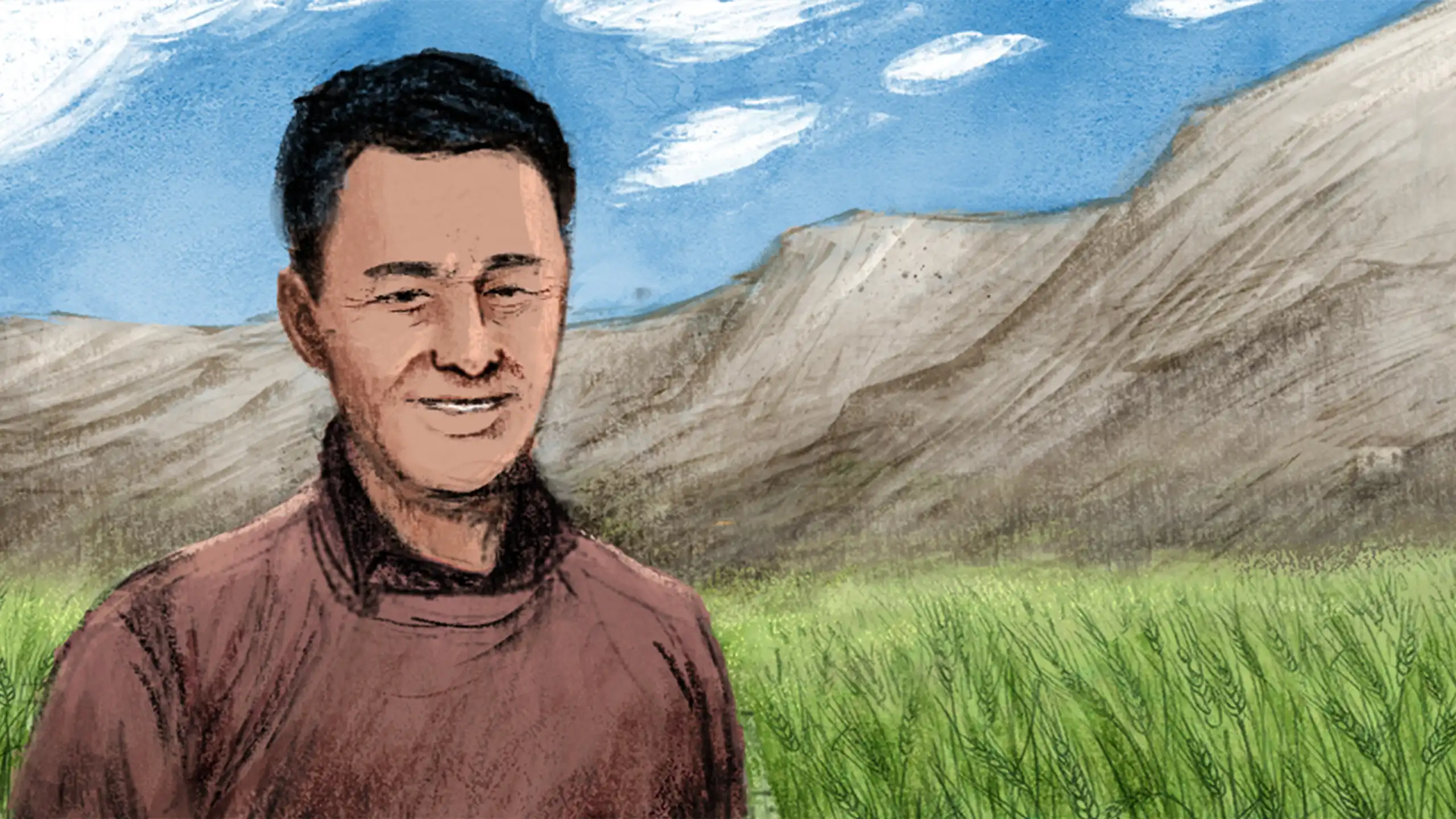
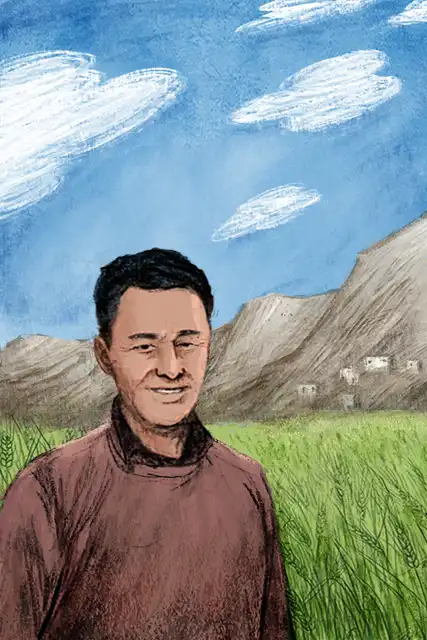

.jpg)

.avif)
.png)
